When it comes to animals we fear, sharks, snakes, and spiders often top the list. But the truth is, some of the most dangerous creatures are the ones we least expect. From tiny, unassuming killers to seemingly harmless giants, these 15 animals pose far greater threats than the usual suspects. Prepare to rethink what you know about the animal kingdom and discover the real predators we should be watching out for.
1. The Small But Mighty Mosquito
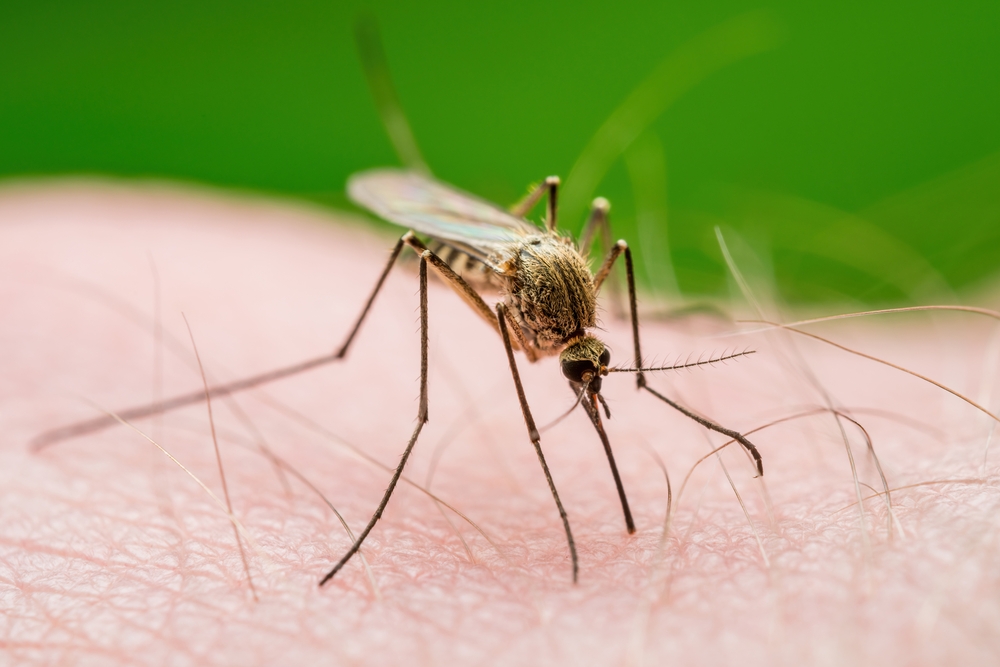
When you think of dangerous animals, mosquitoes probably aren’t at the top of your list, but they absolutely should be. These tiny insects are responsible for more human deaths each year than sharks, snakes, and spiders combined. Through the transmission of diseases like malaria, dengue fever, and Zika virus, mosquitoes become a deadly force. Their knack for spreading illness makes them one of the most dangerous animals on the planet. So, while a mosquito bite might seem like just an itchy annoyance, it can lead to serious health complications.
The best way to protect yourself is by using repellents, wearing long sleeves, and ensuring your living spaces are free from stagnant water where mosquitoes breed. These little buzzers might not look intimidating, but their potential to wreak havoc on human health is immense. Forget about keeping an eye out for sharks while swimming; your backyard BBQ is where the real threat lies. Be vigilant and take preventive measures, because when it comes to mosquitoes, it’s better to be safe than sorry.
2. The Deceptively Deadly Hippopotamus
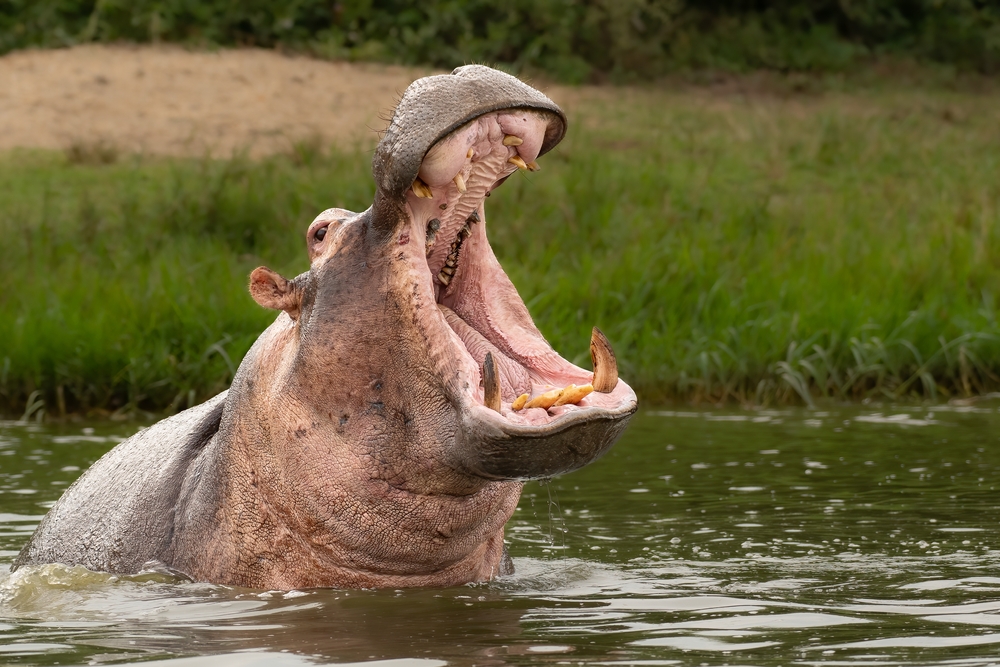
Hippos might look like gentle giants lounging in the water, but don’t let their lazy demeanor fool you. These animals are incredibly territorial and are known to be highly aggressive, especially when their space is invaded. According to the African Wildlife Foundation, these animals weigh up to 3,000 pounds and can easily overturn boats and charge at incredible speeds for their size. In Africa, more human fatalities are attributed to hippos than any other large animal, including the mighty lions and elephants.
Approaching a hippo in its natural habitat is not just risky; it’s a gamble with your life. Their powerful jaws can crush bones, and their erratic behavior makes them unpredictable. If you’re planning an African safari or a boat trip in hippo-inhabited waters, maintain a safe distance and respect their territory. The serene sight of a hippo soaking in the river can quickly turn into a dangerous encounter if proper caution isn’t exercised.
3. The Venomous But Beautiful Box Jellyfish
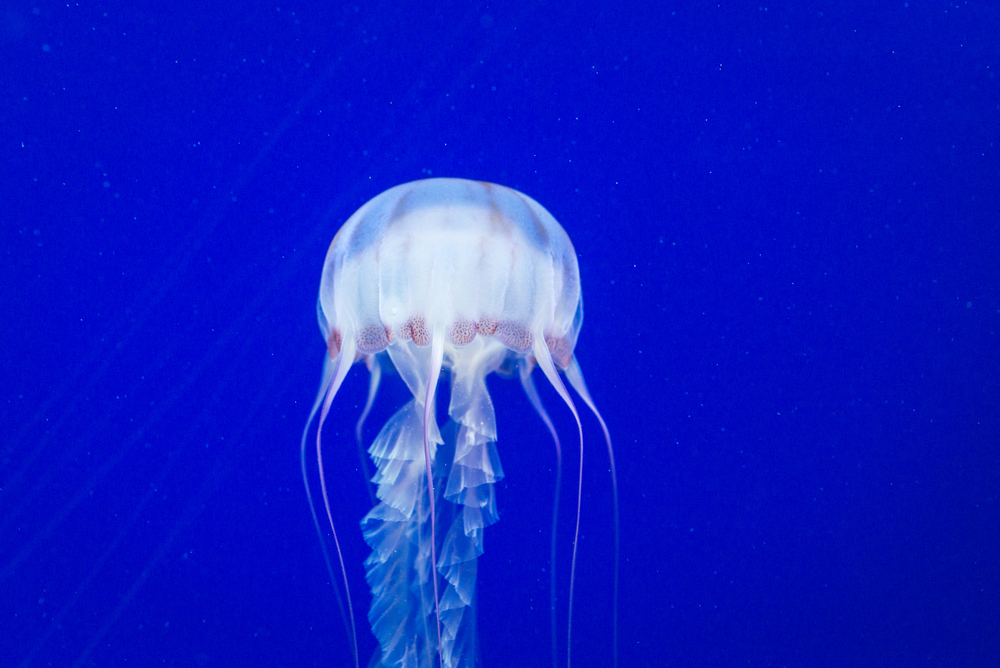
Swim with caution when these gelatinous creatures are around, as box jellyfish are infamous for their highly venomous sting. Found primarily in the Indo-Pacific region, box jellyfish tentacles can deliver toxins that cause severe pain, paralysis, and even heart failure. According to Healthline, their translucent bodies make them difficult to spot in the water, increasing the risk of accidental encounters. Unlike sharks, which often avoid humans, box jellyfish have no qualms about defending their territory with lethal force.
The best defense against these creatures is awareness and swimming in nets or designated jellyfish-free zones. If you’re stung, immediate medical attention is crucial to mitigate the venom’s effects. In a battle between you and a box jellyfish, the odds are unfortunately not in your favor. While they don’t have the predatory reputation of sharks, their silent, deadly nature makes them a formidable foe in the ocean’s depths.
4. The Aggressive Cape Buffalo
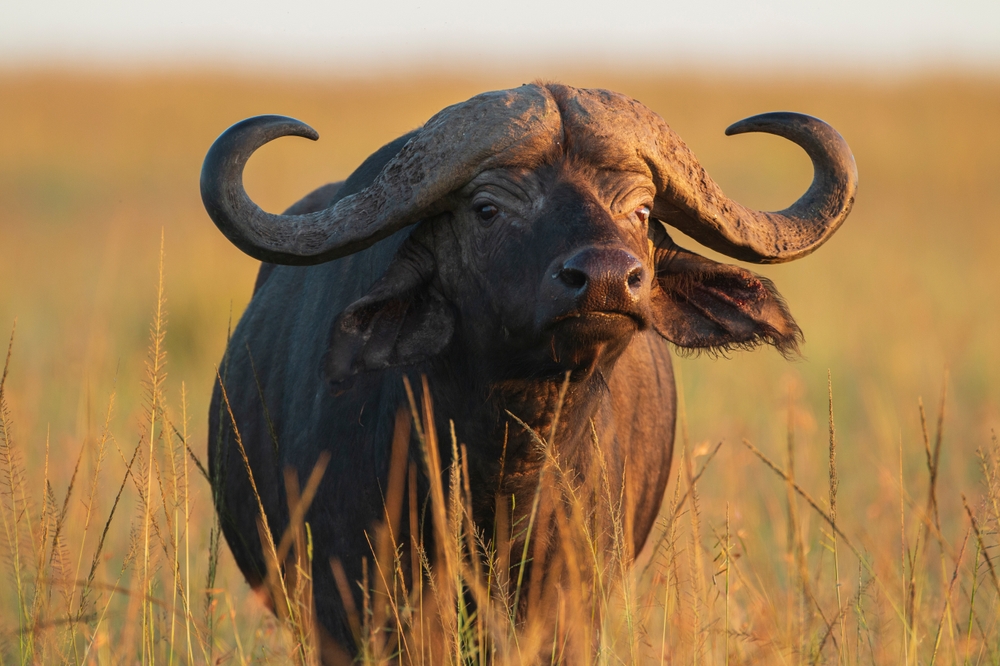
Cape buffaloes are often referred to as “Black Death” due to their unpredictable and aggressive nature. These massive animals can weigh up to 1,500 pounds and have been known to charge without warning. Unlike other animals that give signs before attacking, Cape buffaloes often don’t display any threats, making them one of Africa’s most dangerous creatures. Their sharp horns and stubborn attitude make them a force to be reckoned with in the wild.
Though they primarily graze peacefully, they have a strong herd instinct and will defend each other fiercely. If you find yourself on a safari, it’s wise to admire these animals from afar. They are responsible for more hunter deaths on the African continent than any other animal, including lions and hyenas. So, while they might resemble oversized cows, Cape buffaloes demand respect and should definitely be feared more than the typical snakes and spiders.
5. The Silent But Sinister Crocodile
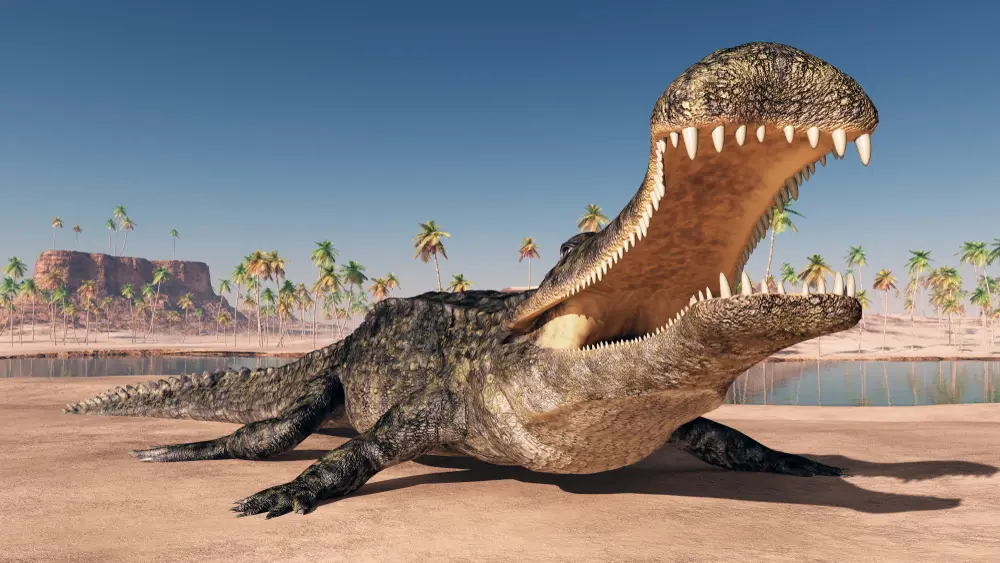
Crocodiles have been around since the time of the dinosaurs, and there’s a reason for their survival—they’re expert predators. Found mostly in tropical regions of Africa, Asia, the Americas, and Australia, these reptiles are masters of stealth, often attacking before their prey even knows they’re there. Unlike alligators, which are generally less aggressive, crocodiles are known for their voracious appetites and will not hesitate to attack humans if the opportunity arises.
Their powerful jaws and ability to launch themselves out of the water make them formidable hunters both in and out of water. The Nile and saltwater crocodiles, in particular, are responsible for hundreds of human fatalities annually. When near crocodile habitats, it’s crucial to remain vigilant and avoid risky behavior such as swimming in known crocodile territories. They’ll lurk just beneath the water’s surface, ready to strike, making them a much greater threat than the typical creepy-crawlies we’re often warned about.
6. The Ferocious African Elephant
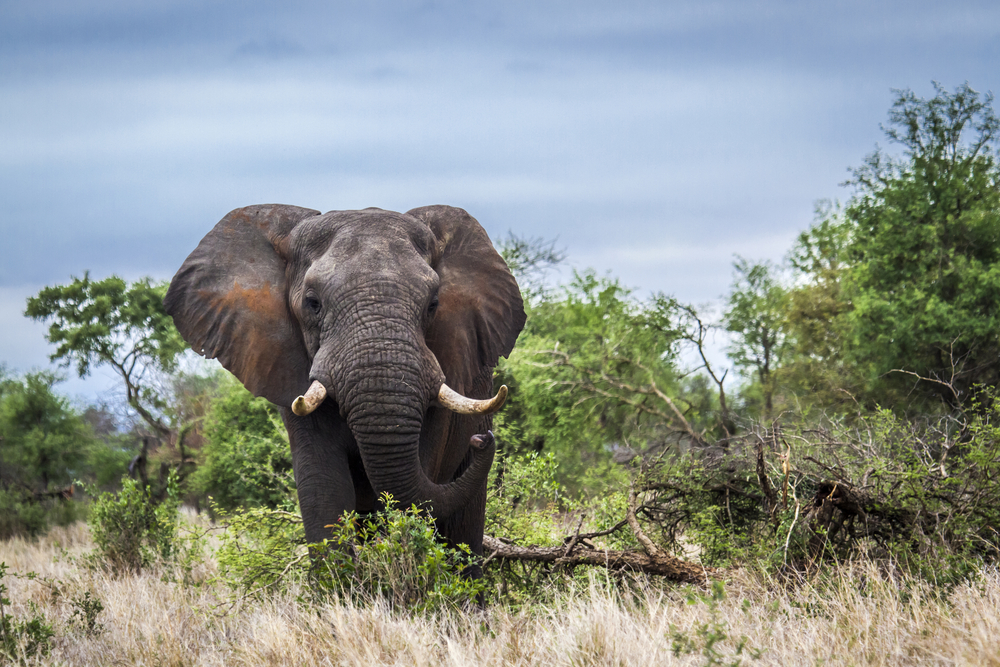
While elephants are often regarded as gentle giants, African elephants can be quite dangerous when provoked. With their enormous size and incredible strength, these animals can cause massive destruction in mere seconds. Though they are herbivores, they are known to become aggressive, especially when they feel threatened or during musth—a periodic condition of heightened aggression in males. Human-elephant conflicts are not uncommon in regions where their habitats overlap with human settlements.
Elephants have been known to charge at vehicles and people, making encounters potentially life-threatening. As tourists flock to view these magnificent animals, it’s essential to maintain a respectful distance and follow the guidance of experienced local guides. While it’s easy to get lost in their majestic presence, remember that they’re wild animals capable of unpredictable behavior. In terms of sheer power and potential for aggression, African elephants are definitely animals to be feared more than your average backyard snake.
7. The Unpredictable Cassowary
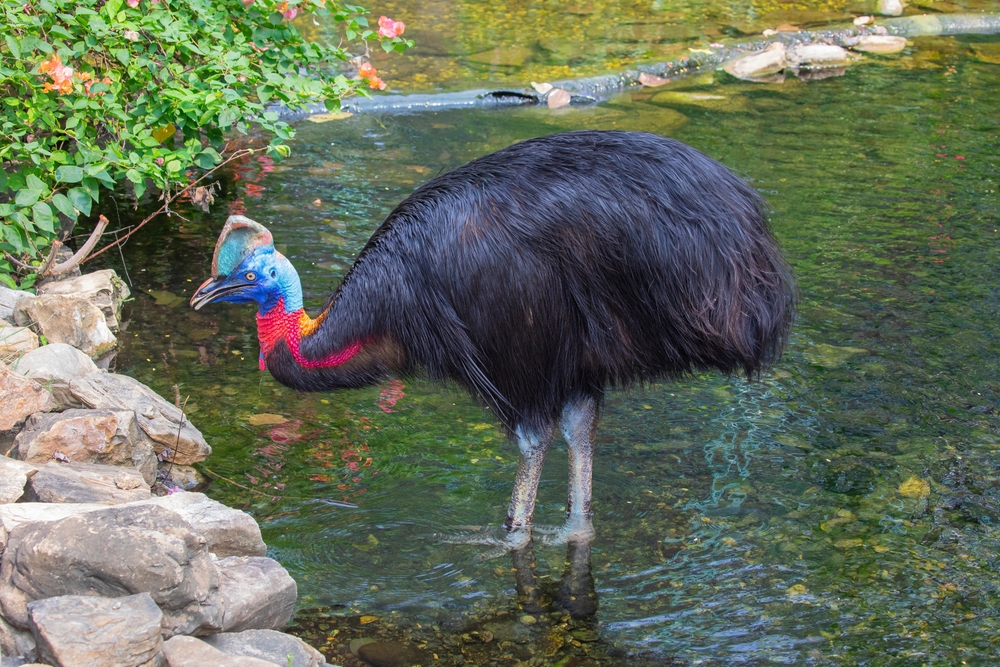
Cassowaries are often described as the world’s most dangerous bird, and for a good reason. Native to the tropical forests of New Guinea and northern Australia, these flightless birds are known for their powerful legs and sharp talons. Standing up to 6 feet tall, cassowaries can deliver fatal kicks that can disembowel their opponents. While they primarily feed on fruits, when threatened, they are capable of inflicting serious injuries on humans.
Encounters with cassowaries are rare, but when they do occur, they are often aggressive, primarily when provoked or cornered. The best way to avoid an attack is to give them plenty of space and avoid making sudden movements. They’re often compared to modern-day dinosaurs due to their appearance and behavior, and underestimating their danger can lead to severe consequences. These birds are a reminder that not all threats come with fins or fangs.
8. The Tiny Yet Fearsome Cone Snail
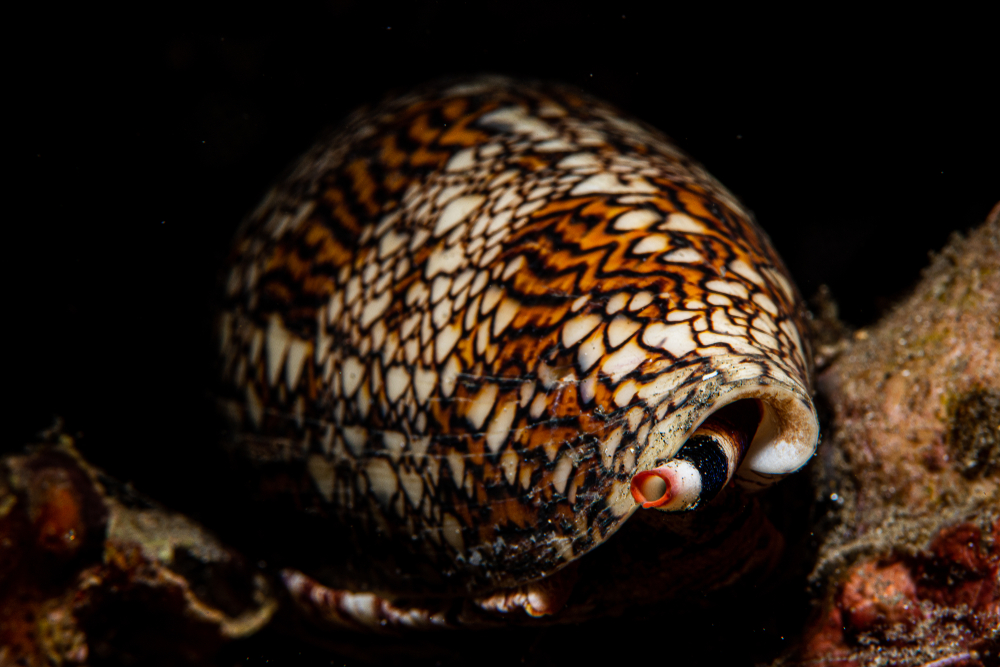
Cone snails might look like beautiful shells for your collection, but they hide a sinister secret. Found in tropical waters, these marine snails have a harpoon-like tooth capable of delivering venom potent enough to cause paralysis or even death in humans. Unlike other dangerous animals, the cone snail can be deadly without making a sound or even moving quickly. Their venom contains a complex mix of toxins that can affect the nervous system and muscles.
If you’re exploring coral reefs or collecting shells, it’s crucial to be cautious of handling these snails. There’s no known anti-venom for a cone snail sting, making medical attention critical if stung. While they move at a snail’s pace, their swift, venomous strike makes them more dangerous than many more conspicuous predators. The beauty of their shells belies the deadly risk they pose, reminding us that danger can sometimes come in deceptively small packages.
9. The Territorial Saltwater Crocodile
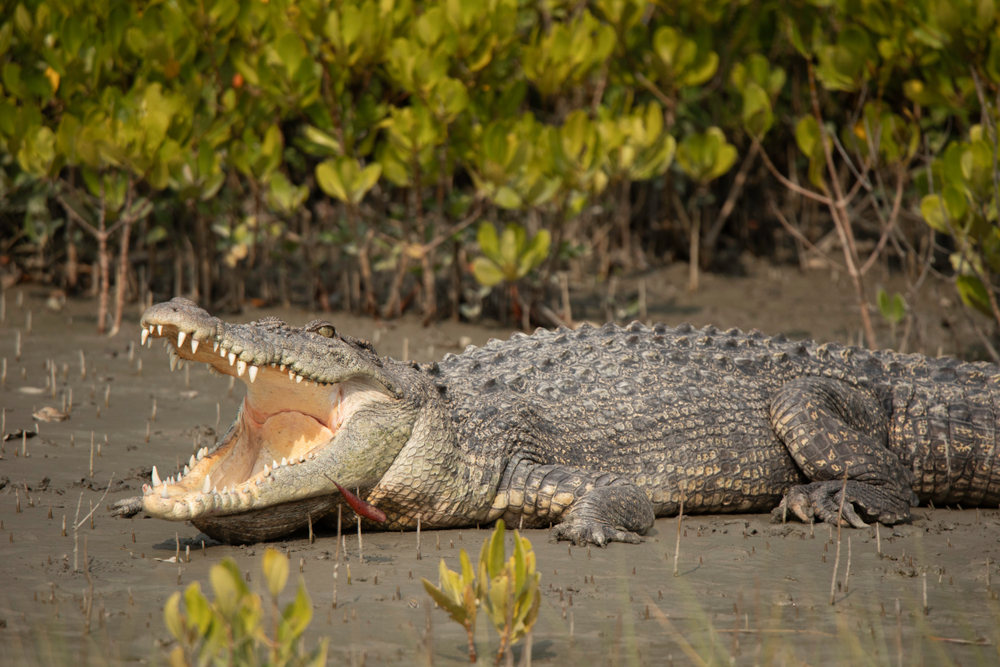
Saltwater crocodiles, or “salties,” are the largest living reptiles and can be found in Southeast Asia, northern Australia, and the surrounding waters. These apex predators are known for their territorial nature and will not hesitate to attack anything they perceive as a threat, including humans. Saltwater crocodiles have the strongest bite in the animal kingdom, and once they’ve locked onto their prey, escape is nearly impossible.
Their ability to blend into their environment makes them stealthy hunters. Unlike many animals that give warning signals, saltwater crocodiles often strike without any indication. If you’re traveling in areas where they’re known to inhabit, always heed local warnings and be cautious around water bodies. These crocodiles are a testament to the fact that sometimes the real danger lies beneath the surface, unseen and ready to strike at a moment’s notice.
10. The Venomous Stonefish
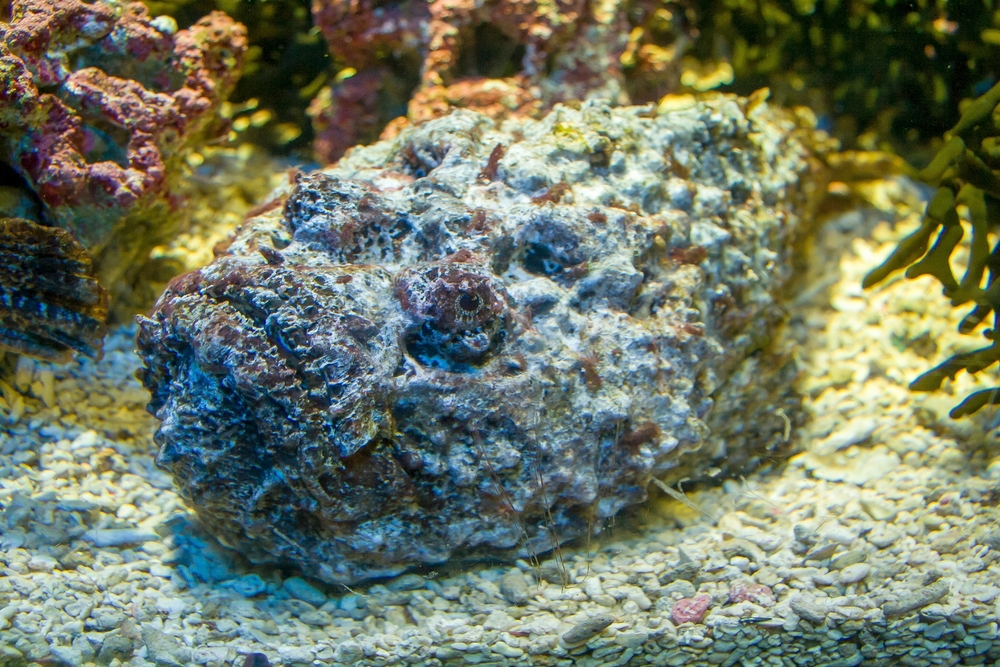
Stonefish are masters of camouflage, blending seamlessly with the rocky ocean floor. Found in the coastal regions of the Indo-Pacific, these venomous fish are a danger to unwary swimmers and divers. They possess 13 spines on their back, capable of delivering a venomous sting that can cause excruciating pain, paralysis, or even death. What makes stonefish particularly dangerous is their incredible ability to remain undetected until it’s too late.
Accidental encounters with stonefish are unfortunately common due to their effective camouflage. If stung, immediate medical attention is necessary to prevent severe complications. While they aren’t aggressive and don’t seek out humans, their defensive mechanism is one of the most dangerous in the ocean. In the hierarchy of aquatic threats, stonefish should certainly be feared more than your average, misunderstood shark.
11. The Fearsome Tsetse Fly
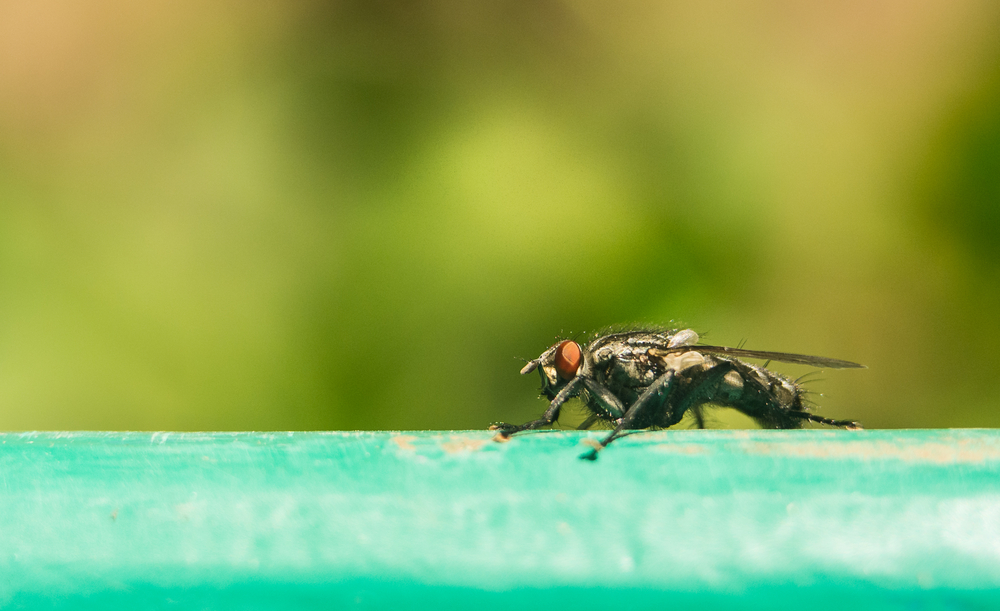
Tsetse flies may look like ordinary houseflies, but they pack a serious punch. Found in sub-Saharan Africa, these flies are vectors for the parasitic disease trypanosomiasis, also known as sleeping sickness. The disease, which affects both humans and animals, can cause severe neurological problems and is often fatal if not treated. The tsetse fly’s bite is painful and can lead to a range of symptoms, from fever and headaches to confusion and disrupted sleep patterns.
Efforts to control tsetse fly populations are ongoing, but they remain a significant threat to human and animal health in affected regions. Preventive measures, such as wearing protective clothing and using insect repellent, are crucial when traveling in tsetse fly habitats. While they might not have the immediate shock factor of a snake or spider, tsetse flies are a deadly adversary that shouldn’t be underestimated. Their role in spreading disease makes them a significant threat to human health, deserving more fear than many larger predators.
12. The Fierce Brazilian Wandering Spider
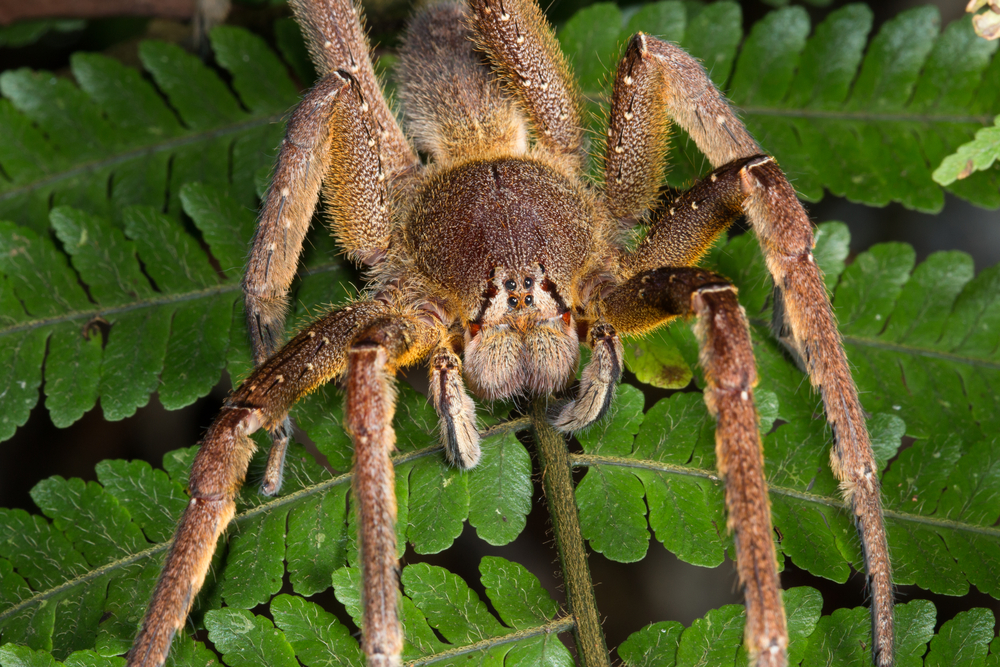
The Brazilian wandering spider, often dubbed the “banana spider,” holds a notorious reputation as one of the world’s most venomous arachnids. Unlike many spiders, this nocturnal hunter doesn’t rely on webs but instead actively roams the jungle floor in search of prey. Its venom is potent enough to cause painful symptoms in humans, including paralysis and, in rare cases, death. The spider’s aggressive nature and tendency to hide in banana bunches or other vegetation make accidental encounters all too possible.
Despite its fearsome reputation, bites from this spider are rare but require immediate medical attention. Antivenom is available, but the key is rapid treatment to counteract the effects of the venom. While the spider doesn’t seek out humans, its presence in populated areas means it’s a threat that should be respected. It’s a stark reminder that sometimes the most frightening creatures aren’t the ones making the most noise.
13. The Aggressive Africanized Bee
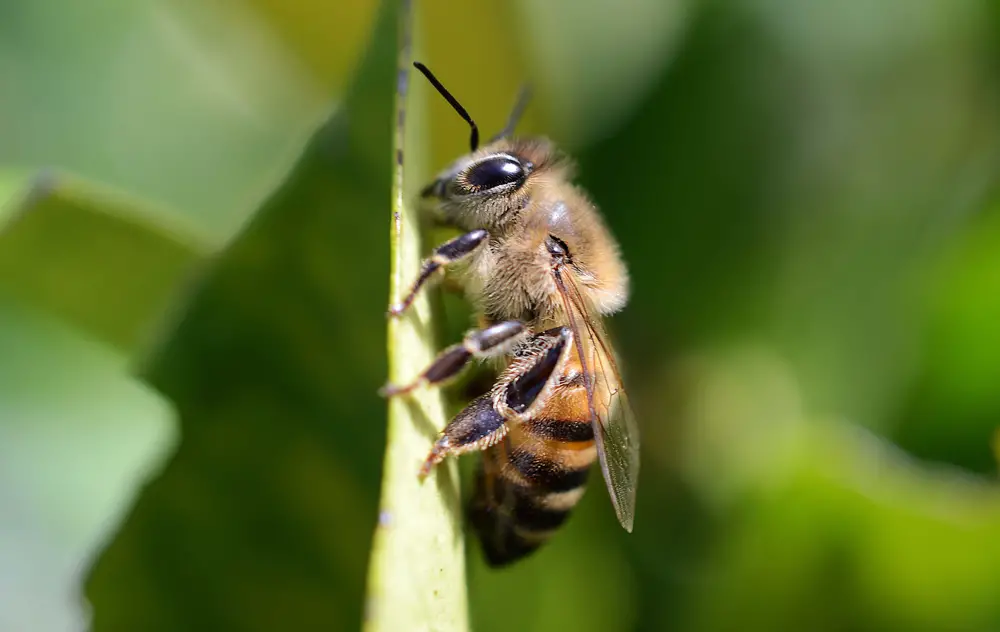
Africanized bees, or “killer bees,” are a hybrid of European and African honeybee subspecies, known for their aggressive behavior. Unlike their more docile counterparts, Africanized bees defend their hives with relentless ferocity. They can swarm in large numbers, chasing perceived threats for long distances and inflicting multiple stings. While a single sting is not more potent than that of a regular honeybee, the sheer number of stings in an attack can be life-threatening.
Protecting yourself from an Africanized bee attack involves remaining calm and moving quickly to a safe, enclosed area. Swatting at them or making sudden movements can provoke further aggression. Their presence primarily in the Americas, from the southern United States to South America, means they’re a growing concern for people living in or visiting these regions. In terms of sheer swarm power, Africanized bees are a formidable force that earns them a spot on this list.
14. The Deadly Blue-Ringed Octopus
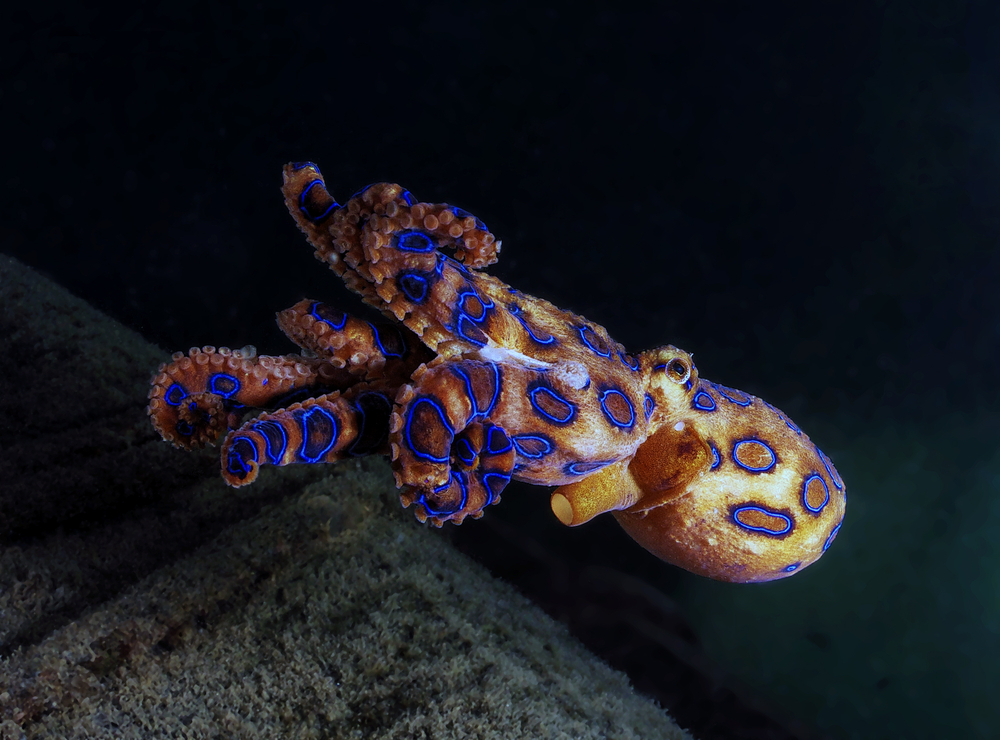
The blue-ringed octopus is a small but highly venomous creature found in the tide pools and coral reefs of the Pacific and Indian Oceans. Despite their small size, they carry enough venom to kill 26 adult humans within minutes. Their striking blue rings serve as a warning to potential predators, but if threatened, this tiny octopus can deliver a powerful, paralyzing bite. The venom causes muscle paralysis and can lead to respiratory failure if not treated immediately.
Encounters with blue-ringed octopuses are relatively rare, but their potential for harm means they should be approached with caution. Admire their beauty from a distance, and remember that their allure is part of their defense mechanism. While they may not be as overtly threatening as larger marine predators, their deadly reputation is well-deserved. In the balance of oceanic threats, the blue-ringed octopus is definitely one to fear more than its larger, more famous counterparts.
15. The Insidious Human

Surprised to see humans on this list? When you consider the impact humans have on the environment and the threats we pose to ourselves and other species, it’s clear why we belong here. Through pollution, deforestation, and climate change, humans have created more danger for other living beings than perhaps any other species. The irony is that while we often fear animals like sharks and snakes, the most significant threat to our planet’s well-being comes from our actions.
From wars to environmental destruction, humanity’s capability for harm is immense. But understanding our place in the ecosystem and striving for positive change can help mitigate this. When considering the animals we fear, perhaps introspection is necessary to recognize the dangers posed by our own species. In doing so, we might find ways to coexist more harmoniously with the world around us—proving that the most significant threat can also be the most profound solution.
